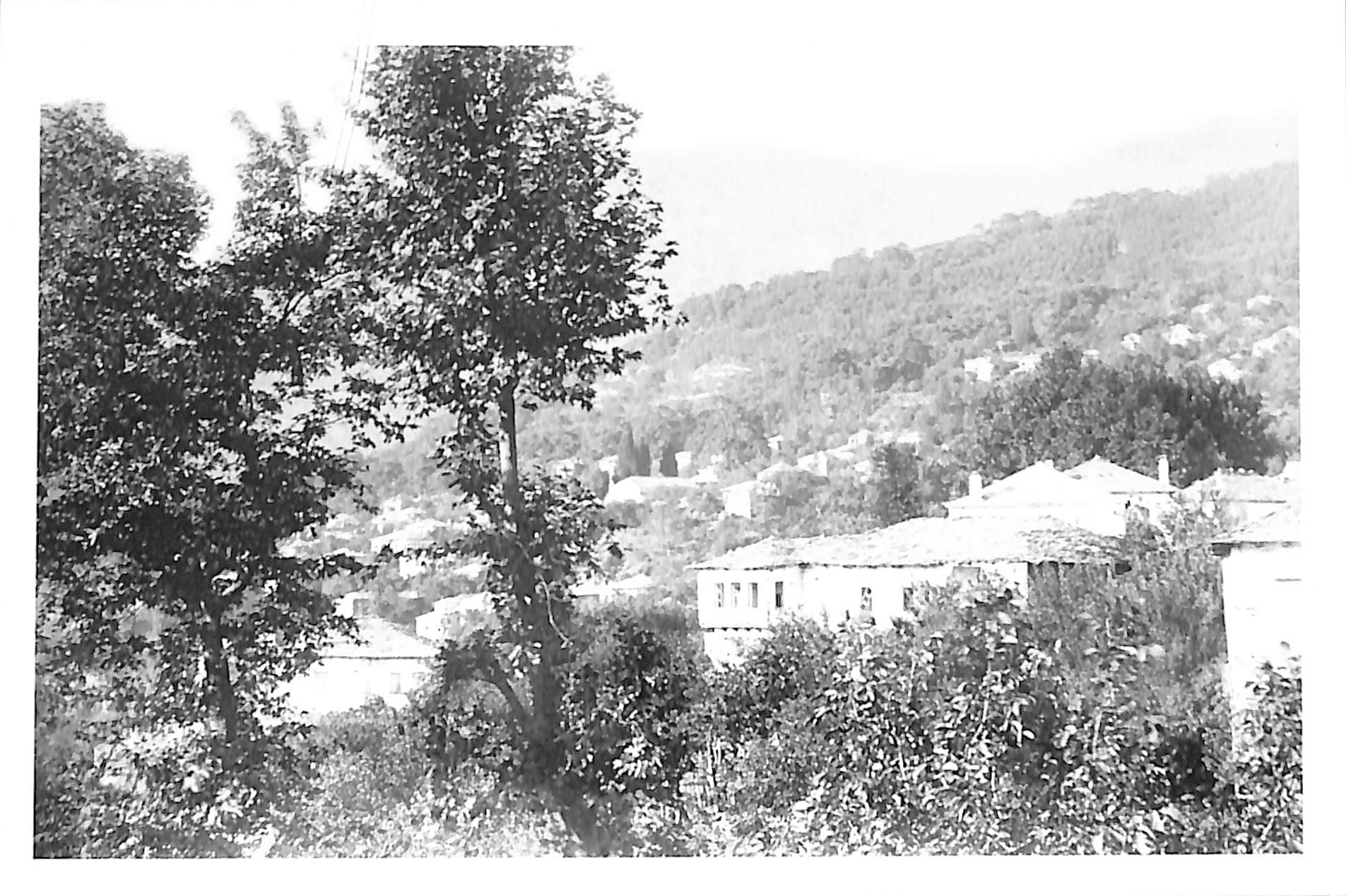
4/28/2025 4:19:20 PM
Zagora, Pelion in the 19th century
As early as the beginning of the 19th century, Zagora had given its name to the entire region of eastern Pelion, whose settlements were often referred to as the “villages of Zagora.” During the preparations for the Greek War of Independence in 1821, many locals from Zagora were initiated into the Filiki Etaireia (Society of Friends), both in their hometown and in Moldavia and Wallachia. Notable members from Zagora included Philippos Ioannou, Antonis Stefos, and Adam Chatzipantos. On May 5, 1821, the people of Zagora, led by the armatolos Kyriakos Basdekis, gathered at a site known as “Bastekis' hut” and joined the fighters from neighboring villages. Together, they moved south and played a leading role in the siege of the fortress of Volos, during which Kyriakos Basdekis was severely wounded. In the first half of the 1850s, the Kassavetios Girls' School began operating in Zagora, becoming the first girls’ school in Ottoman-controlled Thessaly. Later, during the Pelion uprising in January 1878, Zagora served as the headquarters of the revolutionary government of the rebel-held regions, presided over by Hieronymos Kassavetis. Although this revolution was suppressed, it played a pivotal role in the eventual annexation of Thessaly to the modern Greek state through the Treaty of Constantinople in 1881. Pictured: Partial view of the village of Zagora, Pelion, in the late 19th century. ©Municipal Photography Museum of Kalamaria ‘Christos Kalemkeris’.

